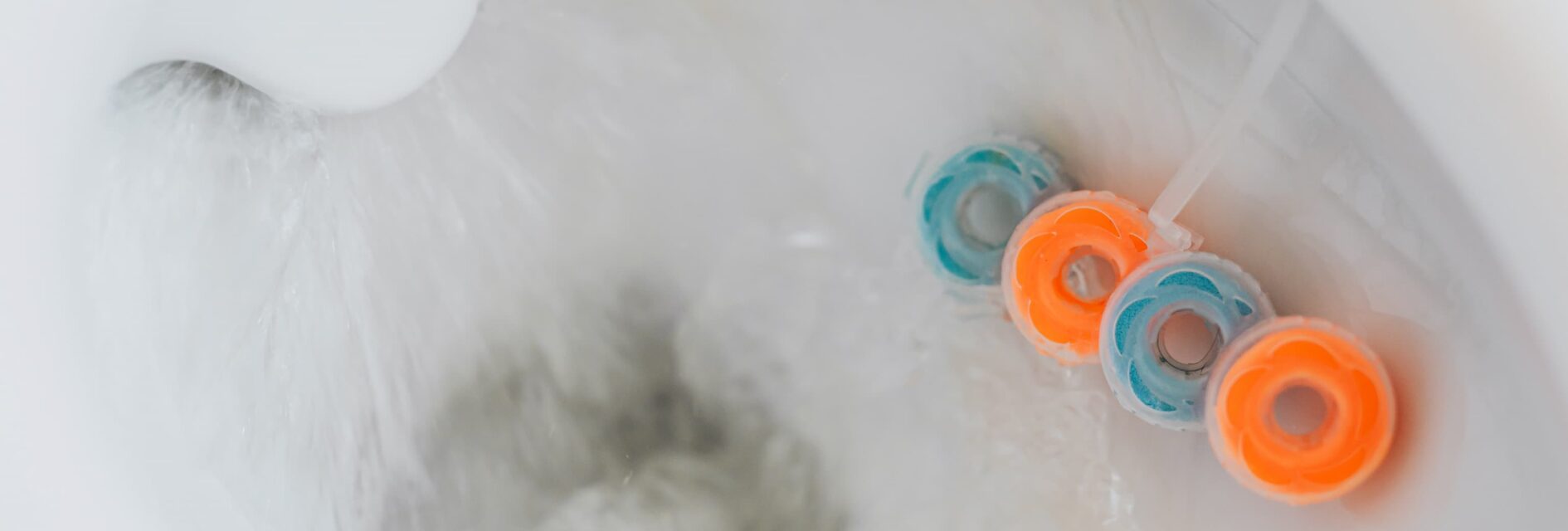As one of the most often used fixtures in your home, it’s rather important to have your toilet in working order whenever possible. Should issues arise – such as slow flushing, or no flushing at all – it’s likely that you’re experiencing a clog or part failure of some sort, and you’ll want to take quick corrective action. In this article, we’re going to explore the various reasons behind a toilet not flushing properly, alongside a few tips and tricks to get things running smoothly.
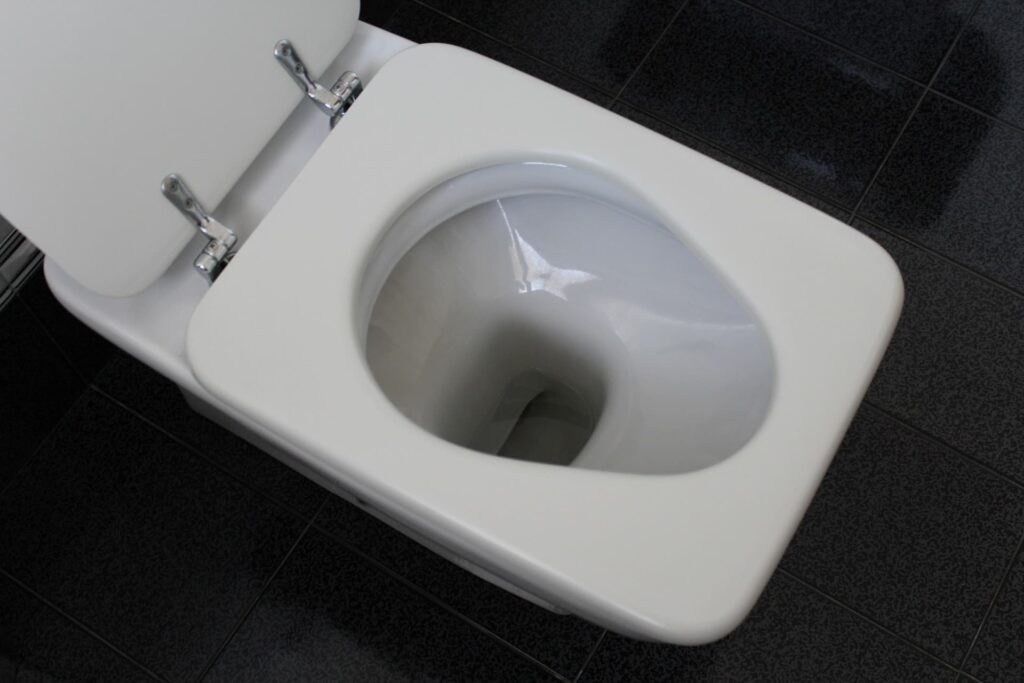
Insufficient Water
Toilets flush by releasing water from the tank (often located behind the bowl) into the bowl with pressure, and as such, it’s critical that water be available in the tank. There are a variety of reasons for why the tank may not be filled with water, but you’ll want to start by ensuring that it is. The level should be roughly 1-inch below the overflow line, and will often be clearly visible due to residue marking. If it isn’t reaching, try wiggling the regulator, or adding additional water for a quick fix.
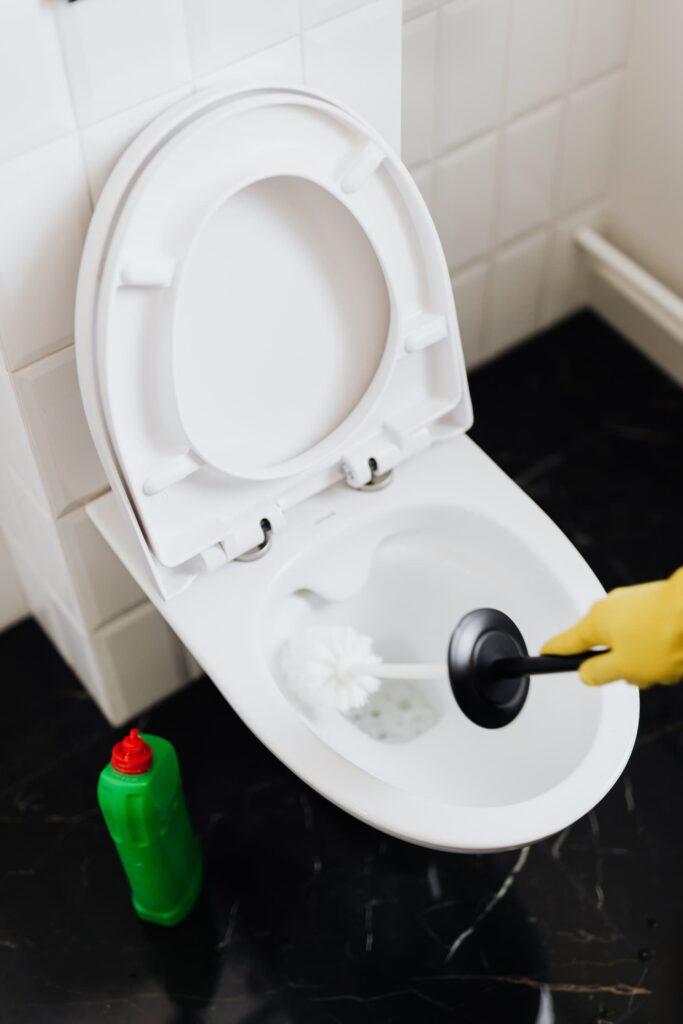
Damaged Overflow Tube
The overflow tube is what prevents your toilet tank from overflowing. If the tank is cracked or damaged, water can get into it, which will prevent the tank from filling as it works to avoid any potential overflows. You’ll need to have this tube emptied in order for the tank to refill as intended.
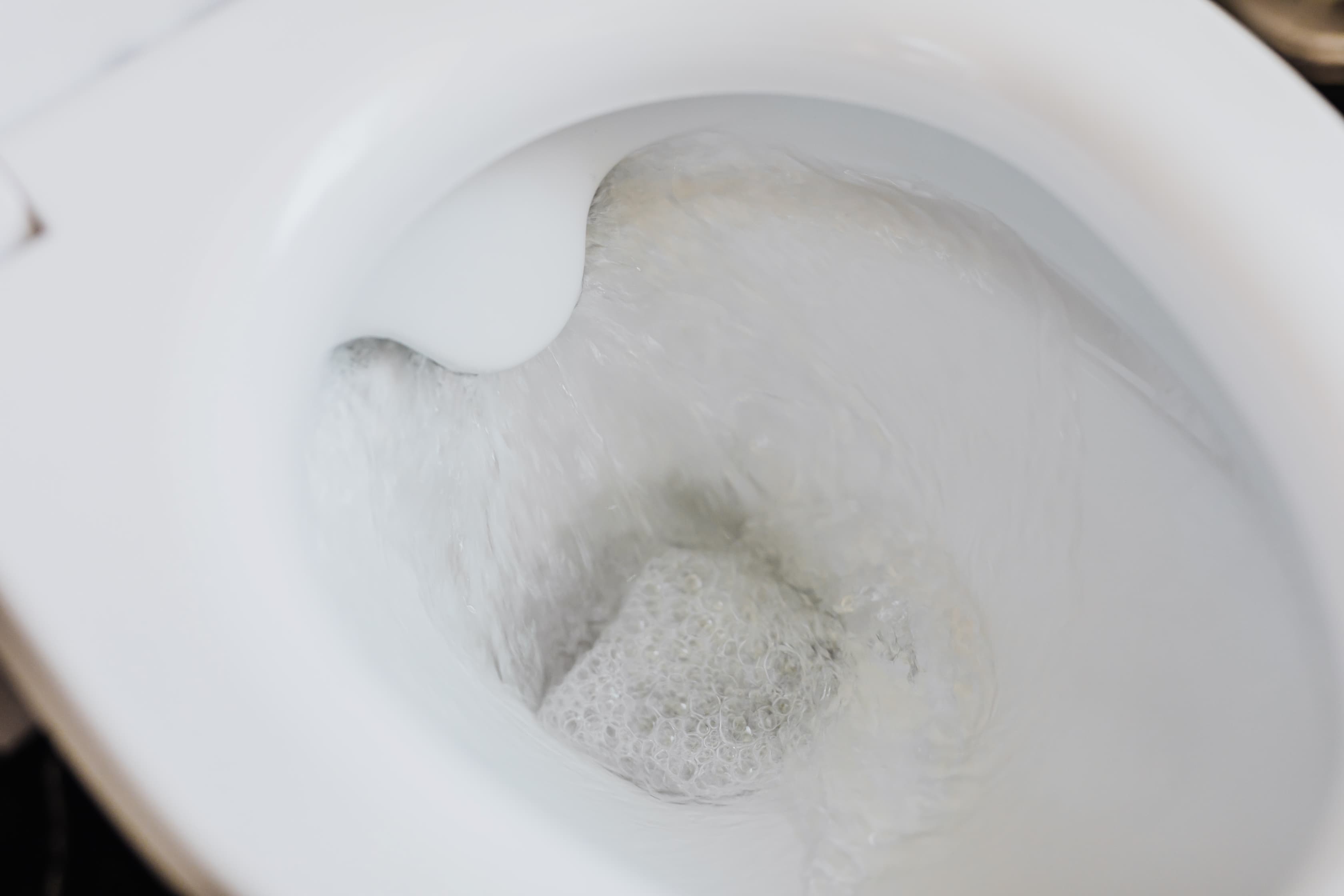
Loose Chain on Flush Handle
If the chain (or handle) holding your tank flapper open – this being the door that limits the amount of water able to flow into the tank – is loose, it may prevent the door from remaining open long enough to fill and flush correctly.
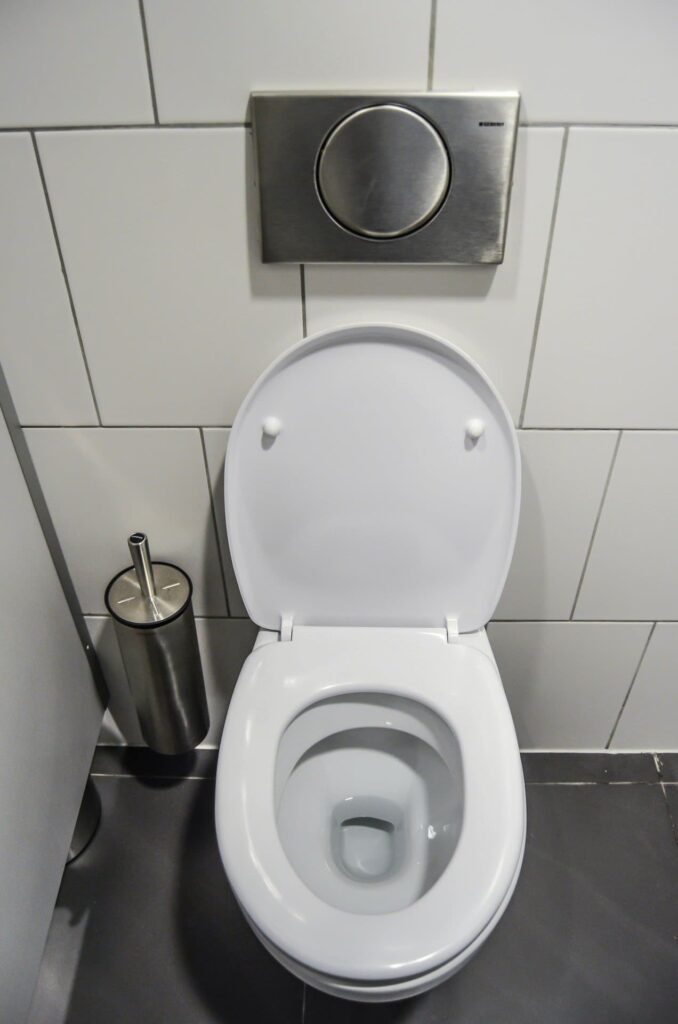
Warped Flapper
Your toilet flapper is the mechanism that allows water to flow from the tank into the bowl. The piece is made of rubber, and can warp or deteriorate over years of usage. If this happens, the seal will degrade, and the tank will not be able to fill properly.
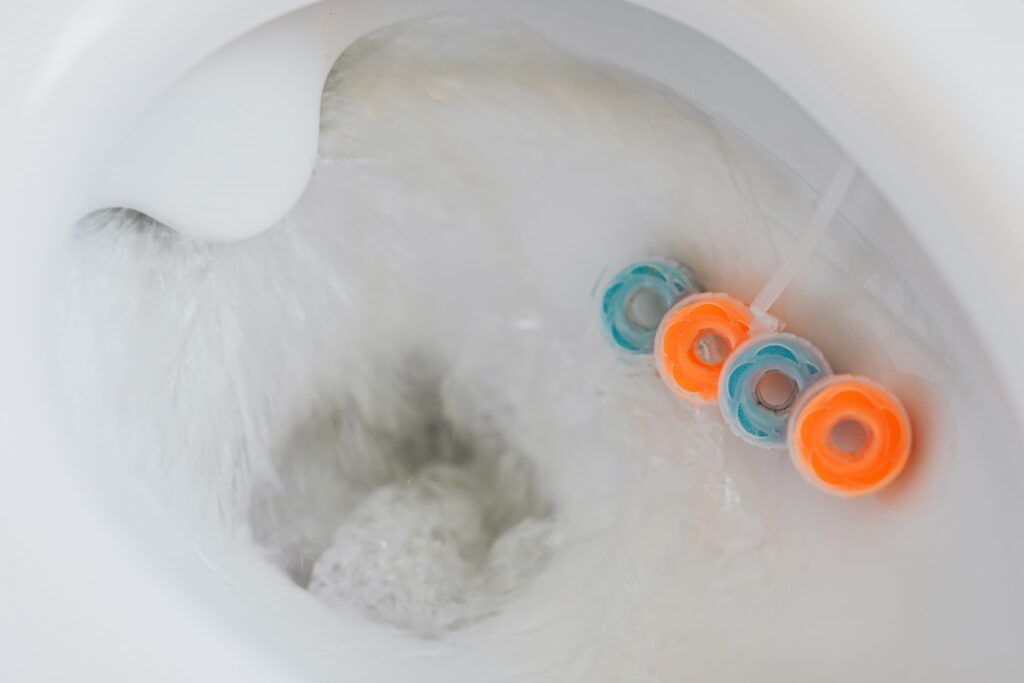
Buildup in Inlet Holes
Water flows from the tank to the bowl through ports known as inlet holes. Over years of usage and material buildup, these inlet holes can become clogged, preventing water from flowing through at the right volume or velocity. If the water flowing into your toilet bowl seems to be less than expected, you’ll want to clean out the inlet holes to create an open pathway.
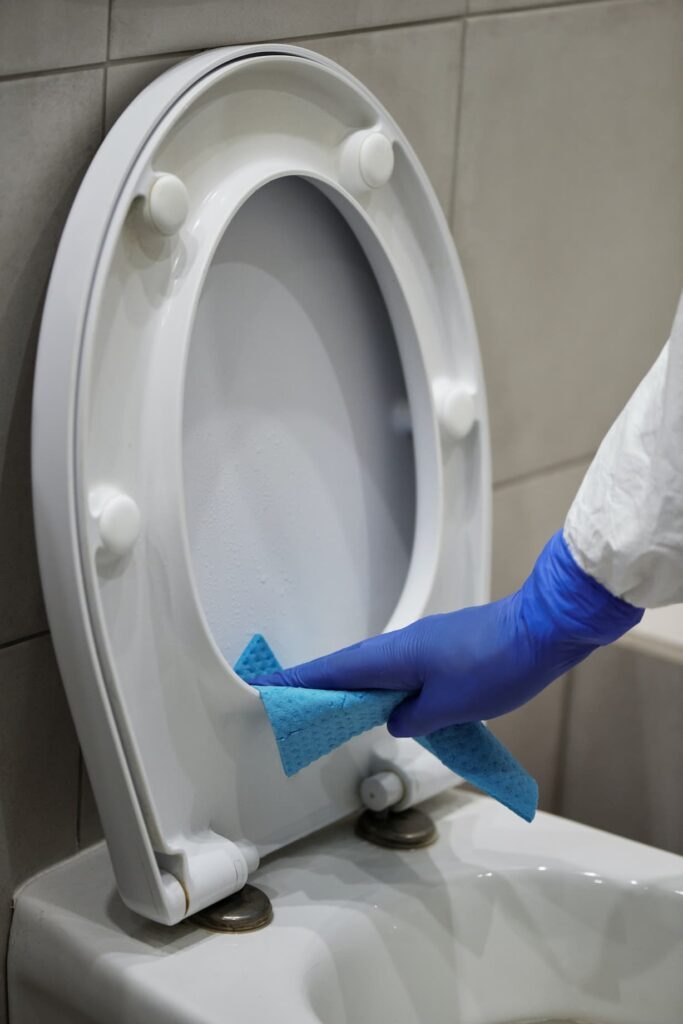
Clogged Toilet
Of all of the items on this list, the most common reason for a slow flushing toilet will be that the unit itself is clogged. Whether it’s required that you flush the toilet multiple times or use a plunger to create separation in the material causing the clog (waster, paper, etc.), this will be a quick fix that can have you on your way.
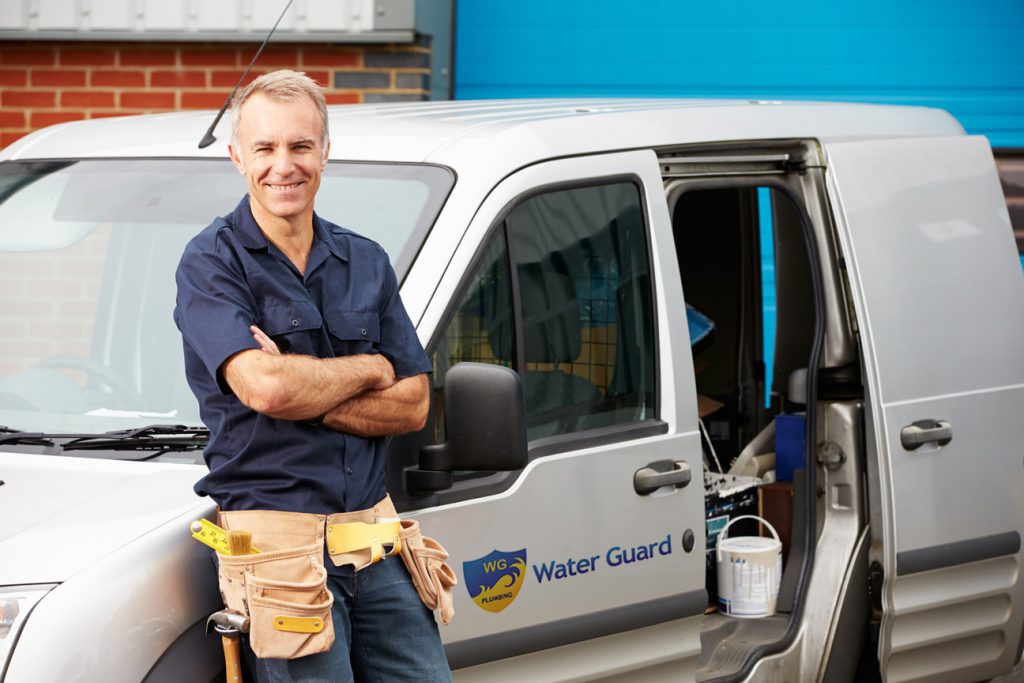
Regardless of why your toilet won’t flush, it’s important to take corrective action immediately. If you’re comfortable getting dirty, the list above should provide you with some places to start your DIY fix. If not, our team is ready to help. To learn more about our services and pricing, contact us today.
Water Guard Plumbing can help you ensure your home is protected from the risks of sewage backup. Contact us today to learn more about our backwater valve services so you can enjoy peace of mind.

